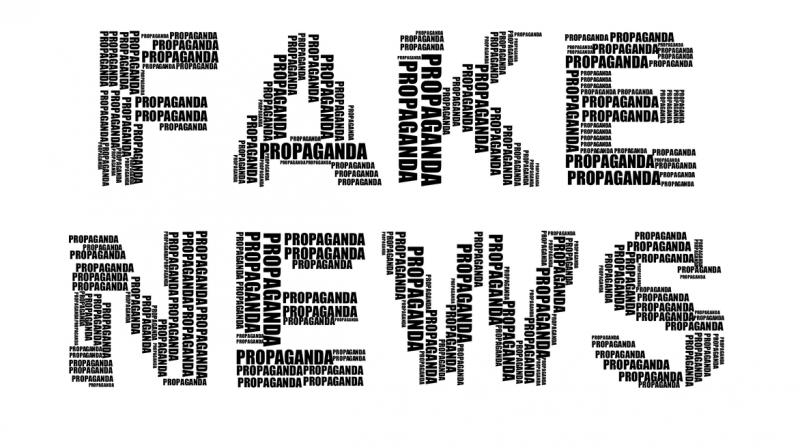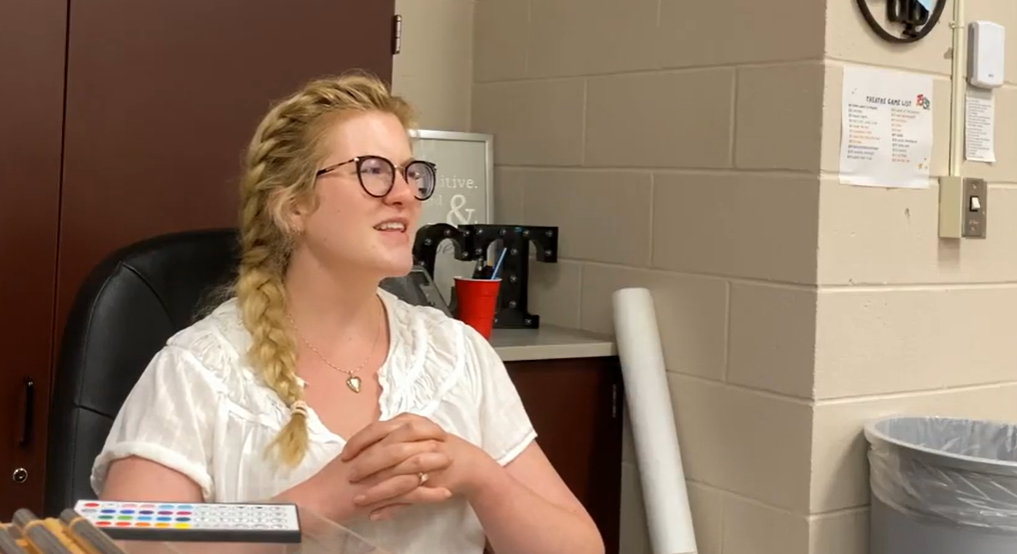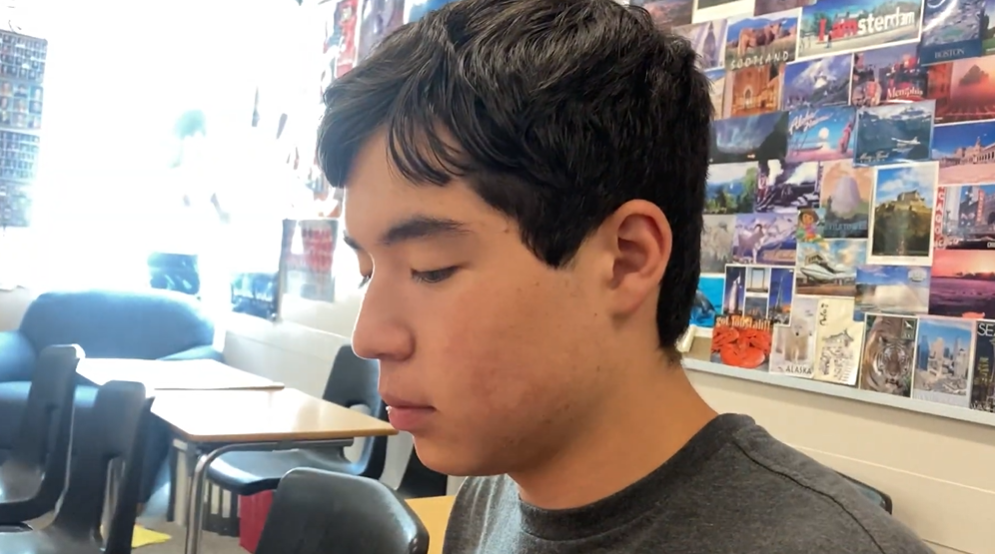Breaking: Fake Is a Real Problem
An opinion on the environment of fake news in our country, as well as potential dangers.
December 19, 2018
[Opinion article]
Obama orders ISIS to execute Trump.
Pope Francis Shocks World, Endorses Donald Trump.
Trump Offering Free One-Way Tickets to Africa & Mexico.
These headlines might seem obviously fabricated, not even worth a second glance. If that’s the case though, why did stories like these get 800,000 shares, a million shares, 2 million shares?
The biggest problem with fake news is that it has become increasingly hard for some to tell the difference between real and fake. While it may not seem that dramatic, the ability to tell the difference between real and fake news in today’s digital age is crucial – it determines what you believe and the news events that you hear about.
One of the main dangers of not being able to tell the difference is the miseducation of the public about serious issues. If undetected, fake news can be used to influence people – a tool of manipulation.
One of the most shocking examples is the shooting at pizzeria Comet Ping Pong in 2016. 28 year old Edgar Welch had read that the pizzeria was involved in a child abuse ring led by Hillary Clinton, and he opened fire in the Washington restaurant with an AR-15 like weapon. The fake child abuse news story had been circulating widely across the web including on Facebook and Twitter, and probably reached thousands. While many must have dismissed it, it only took one believer to turn it into a disaster.
While not every instance is that extreme, fake news still poses an everyday problem. According to Daily Mail, the average person spends almost nine hours a day on an electronic device – longer than the average person spends sleeping. With all that screen time, people are constantly exposed to new information by the minute. Surveys have found that most people get their news from online sources, and many spend hours on platforms like Facebook, where they see dozens of news stories similar to the bizarre ones above every day. Sites like Facebook are designed so that users see what they want to see, and almost anyone can come up with fake news articles to release into the internet. These articles become a problem when they influence the opinions of voters. If thousands of people read a fabricated article about a candidate and then voted accordingly, the results won’t accurately reflect the truth or the way the people may have voted had they been informed.
The core of good journalism and news is the truth – informing the public of important events and the truth about them – while fake news plays off of bias people already have in order to manipulate their beliefs. As unnerving as the idea of the spread of fake news swaying voters is, what’s more unnerving is the fact that most of the fake news articles don’t originate anywhere near us – they often come from countries that are on the other side of the world. They create fake news targeted to the U.S. without having any real knowledge or caring, in order to make a profit.
TIME Magazine recently announced their person of the year for 2018 would be a group of stand-out journalists who raised their voices for the truth against authoritarian governments, oppression, and other issues. In the video Time released, Maria Ressa – a journalist in the Philippines – said, “When people don’t know what is real and what is fake, the voice with the loudest megaphone gains more power.”
Maria Ressa is under the rule of authoritarian leader Rodrigo Duterte, and in the video she added, “The Philippines is a cautionary tale for the United States.”
Freedom of the press is restricted, and the government is no longer a democracy. Her warning is not to be ignored. Her earlier quote bodes ominously for the U.S, as we, under Donald Trump, have seen an influx of both actual fake news, and the accusation of reliable media outlets of being “fake.” Fake news and Trump’s accusations may seem like a joke, but the reality is that the education of the public on the difference between real and fake is vital – we do not want to be the Philippines.




